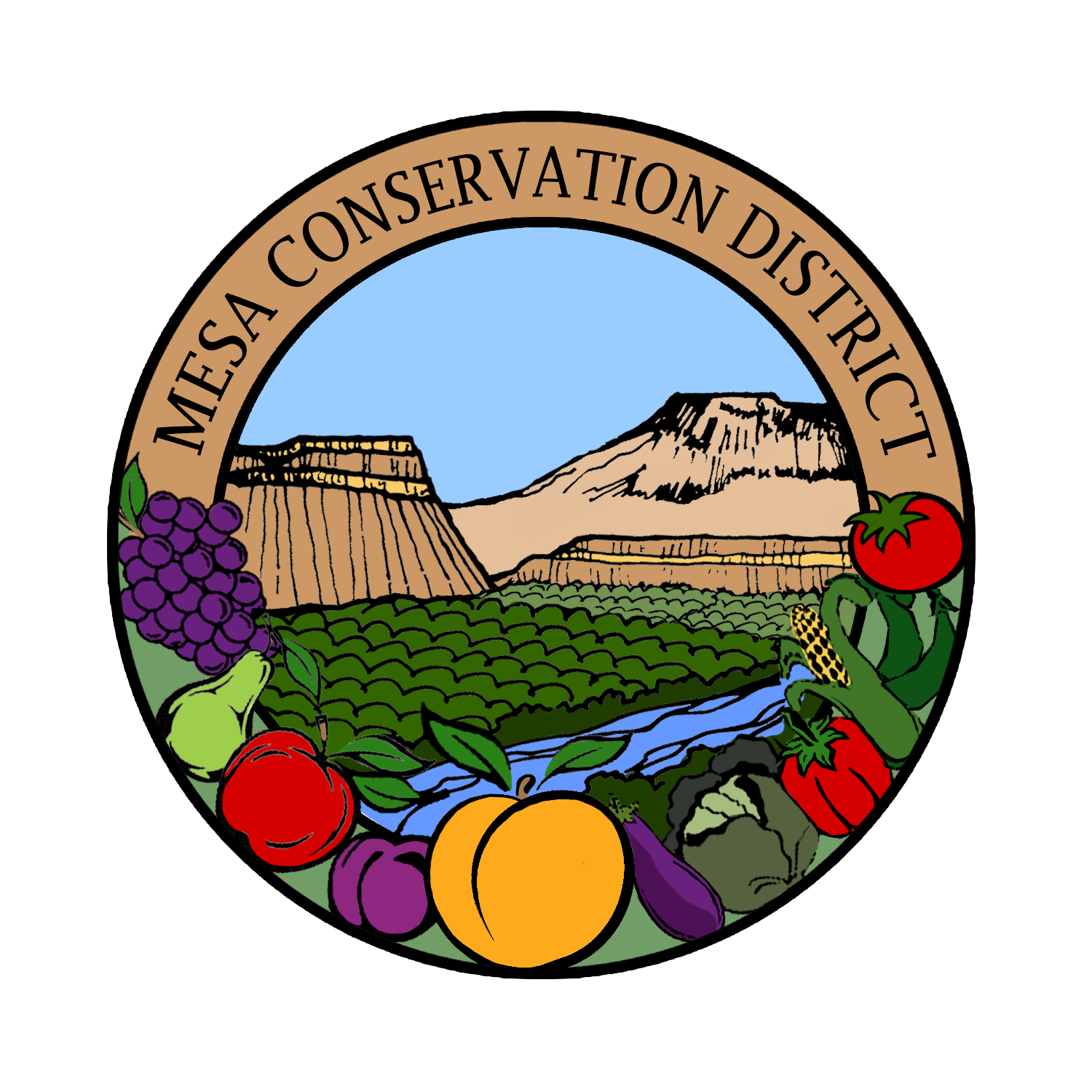
Pollinators
-
Pollinators
Pollination is necessary for a plant to be fertilized and able to produce fruits and seeds. Some plants are self-pollinating, and some may be fertilized by pollen carried by wind or water. A vast amount of plants are pollinated by animal pollination. Insects and animals—such as bees, wasps, moths, butterflies, birds, flies and small mammals, including bats—provide a vital service to our survival through pollination.
-
Agriculture Benefits
About 35 percent of the world’s food crops depend on animal pollinators, meaning about one of every three bites of food you eat is due to an animal pollinator. Pollination also results in better crop quality with larger, more flavorful fruits and higher crop yields. In just the United States, pollination benefits to the agricultural industry are valued at 10 billion dollars annually. Globally, pollination is likely worth more than 3 trillion dollars.
-
Other Benefits
Other animals, including livestock, depend on the plants, seeds, fruits, and nuts provided by the work of pollinators. Pollinators affect other industries with plant reproduction that provides medicinal resources and textiles such as cotton and flax. Flowering plants also benefit us by purifying air and water, benefitting soil health, and stabilizing ecosystems.
Pollinators are vital. How can we support them?
-
Consider the type of pollinator you want to attract, and adjust habitat and plants to that pollinator. Some pollinators prefer specific plant species, while others benefit from a variety of plants. Hummingbirds prefer tubular flowers, while other pollinators like native bee species may benefit from larger blooms.
By planting species with differing flowering seasons throughout the year, you can ensure that pollinators have a continuous food supply.
-
Habitat is needed at all stages of life for pollinators, including eggs and larvae!
Moths and Butterflies:
Butterflies and moths benefit from caterpillar host plants, two-thirds of host plants are trees and shrubs.
Bees:
Many bee species prefer ground nesting, while other bee species prefer cavity nesting. You can leave patches of bare ground or dead wood, brush piles, and hollow stems to benefit different bee species. Eliminating, reducing or changing the timing and equipment used for tilling can all have a beneficial impact on ground nesting pollinators.
-
Planting native species is the best option for creating a sustainable ecosystem, especially considering the water availability of your land and resilience of plant species. Native species require less maintenance as they are already accustomed to the area’s soil and weather.
When planning where to plant pollinator habitat, consider placement within a half mile of crops that would benefit from pollination.
Limiting or eliminating the use of pesticides is also vital to protecting pollinators.
Links provided below will list various resources with more examples of beneficial plant species, pollinator information, and pollinator habitat best practices.
Resources
-
USDA- Pollinator Importance
-
Xerces Society- Pollinator Conservation Program
-
CSU Extension- Pollinator Habitat

